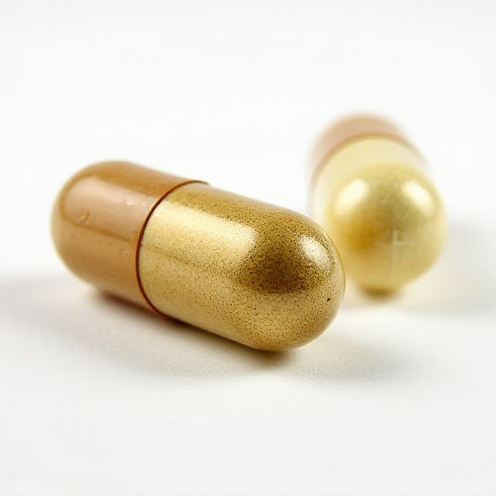Jollimine Capsule
Product Info
| Prescription required | Yes |
| Marketer | Jolly Healthcare |
| Active Ingredient | Penicillamine (250mg) |
| Storage | Store below 30°C |
| Chemical Class | Valine Derivative |
| Habit Forming | No |
| Therapeutic Class | BLOOD RELATED |
| Action Class | Disease Modifying Anti-Rheumatoid Drugs (DMARDs)- Non biologics |
| User Rating | 4.3 |
| User Reviews | 688 |
FAQ


Jollimine Capsule Reviews
Jollimine is to be taken in an empty stomach. You should take it regularly and at the same time each day to get maximum benefit from it. Keep taking it as recommended by your doctor and complete the dose even if you feel better.
Using of this medicine may cause some common side effects such as rashes, anorexia, epigastric pain, nausea, vomiting, diarrhea, loss of taste, and proteinuria. Your doctor may recommend regular blood tests to check and make sure the medicine is not harming your liver or effecting your blood counts. You should consult with your doctor if any of these side effects does resolve with time or get worse. Your doctor may help with ways to reduce or prevent these symptoms.
To make sure the medicine is safe for you, before taking this medicine, let your doctor know if you have any problem with your kidneys. Also tell your doctor of all the other medicines you are taking. Pregnant and breastfeeding mothers should consult with their doctors before taking the medicine.
How Jollimine Capsule Works
How to Use Jollimine Capsule
Uses of Jollimine Capsule
- Rheumatoid arthritis
- Wilson's disease
Jollimine Capsule Side Effects

Safety Tips
References
- Aminoff MJ. Pharmacologic Management of Parkinsonism & Other Movement Disorders. In: Katzung BG, Masters SB, Trevor AJ, editors. Basic and Clinical Pharmacology. 11th ed. New Delhi, India: Tata McGraw Hill Education Private Limited; 2009. p. 482.
- Penicillamine [Package Insert]. Princeton, NJ: Dr. Reddy’s Laboratories Inc.; 2018.
- Byrns MC, Penning TM. Environmental Toxicology: Carcinogens and Heavy Metals. In: Brunton LL, Chabner BA, Knollmann BC, editors. Goodman & Gilman’s: The Pharmacological Basis of Therapeutics. 12th ed. New York, New York: McGraw-Hill Medical; 2011. p. 1875.
- Penicillamine.Hunt Valley, USA: Pharmaceutics International, Inc.; 2018.
- Briggs GG, Freeman RK, editors. A Reference Guide to Fetal and Neonatal Risk: Drugs in Pregnancy and Lactation. 10th ed. Philadelphia, PA: Wolters Kluwer Health; 2015. pp. 1079-80.
